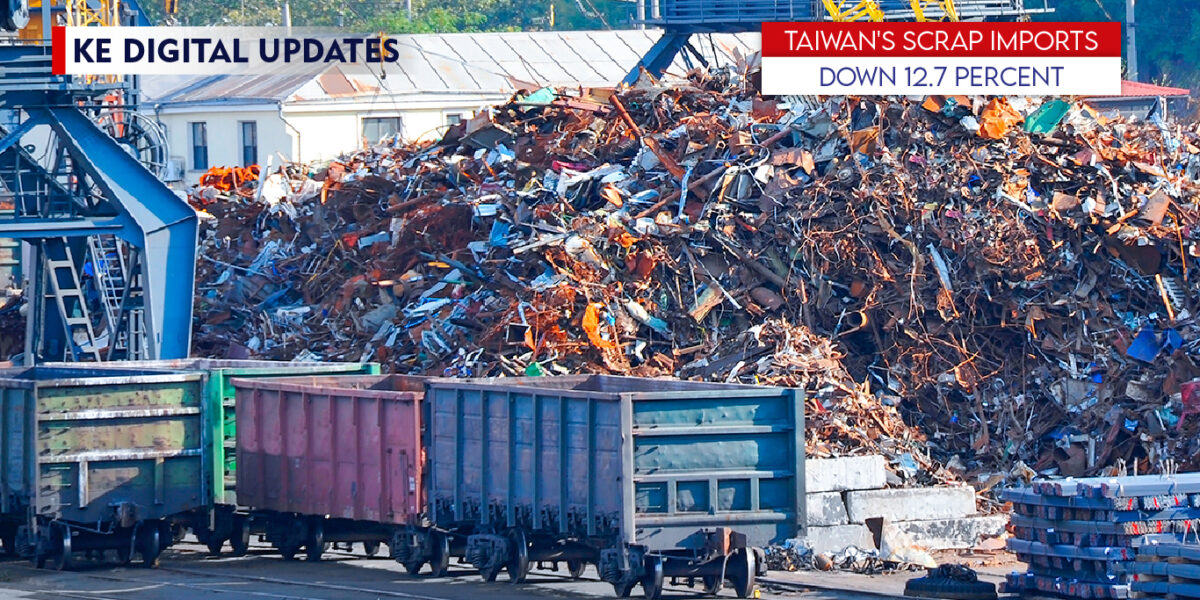Published on November 22, 2024
Overview of Scrap Import Trends
From January to October 2024, Taiwan saw a notable decline in its total ferrous scrap imports. According to official customs data, the country imported 2,533,258 metric tons of scrap during this period, marking a 12.7 percent decrease compared to the previous year. This decline reflects a shifting landscape in Taiwan’s scrap metal market, influenced by various global and domestic factors.
Top Suppliers
United States: The United States remained the top supplier of scrap metal to Taiwan. During the first ten months of 2024, the US exported 1,064,461 metric tons of scrap to Taiwan. This figure represents a slight decrease of 2.1 percent compared to the same period in the previous year. The continued dominance of the US as a key supplier underscores its significant role in Taiwan’s scrap metal supply chain.
Japan: Japan’s exports to Taiwan experienced a more pronounced decline. From January to October, Japan exported 547,631 metric tons of scrap to Taiwan, a 34.1 percent decrease from the previous year. The reduction in Japanese exports could be attributed to various factors, including domestic demand, trade policies, and market dynamics.
October Import Data
In October alone, Taiwan imported 255,413 metric tons of scrap metal. This monthly import figure shows a year-over-year decrease of 20.7 percent, indicating a continuing trend of reduced imports. However, on a month-over-month basis, October saw a 5.2 percent increase in imports compared to September. This rise suggests a slight demand rebound or supply chain management adjustments.
Implications for the Market
The overall decline in Taiwan’s scrap imports highlights several key implications for the market:
- Supply Chain Adjustments: The decrease in scrap imports may reflect adjustments in supply chain strategies, with Taiwan potentially seeking alternative sources or optimizing domestic recycling efforts to meet demand.
- Economic Factors: Various economic factors, including global market conditions, exchange rates, and trade policies, influence scrap import levels. The interplay of these factors affects the cost and availability of scrap metal, impacting import decisions.
- Industry Demand: Fluctuations in demand from Taiwan’s steel and manufacturing industries play a crucial role in determining scrap import volumes. Changes in production levels, capacity utilization, and industry-specific needs drive import trends.
Conclusion
Taiwan’s significant decline in scrap imports from January to October 2024, along with the notable changes in supplier contributions, reflects the dynamic nature of the global scrap metal market. The trends observed highlight the importance of strategic supply chain management and the impact of economic factors on trade. As Taiwan navigates these market conditions, the continued monitoring of import data and industry trends will be essential for understanding the broader implications for its steel and manufacturing sectors.


